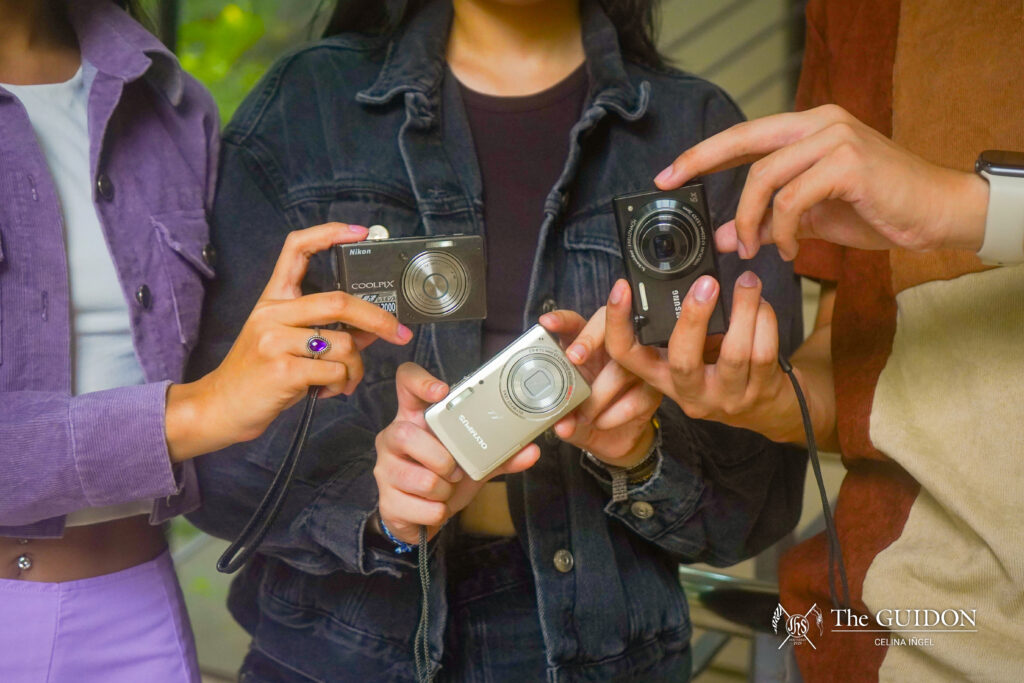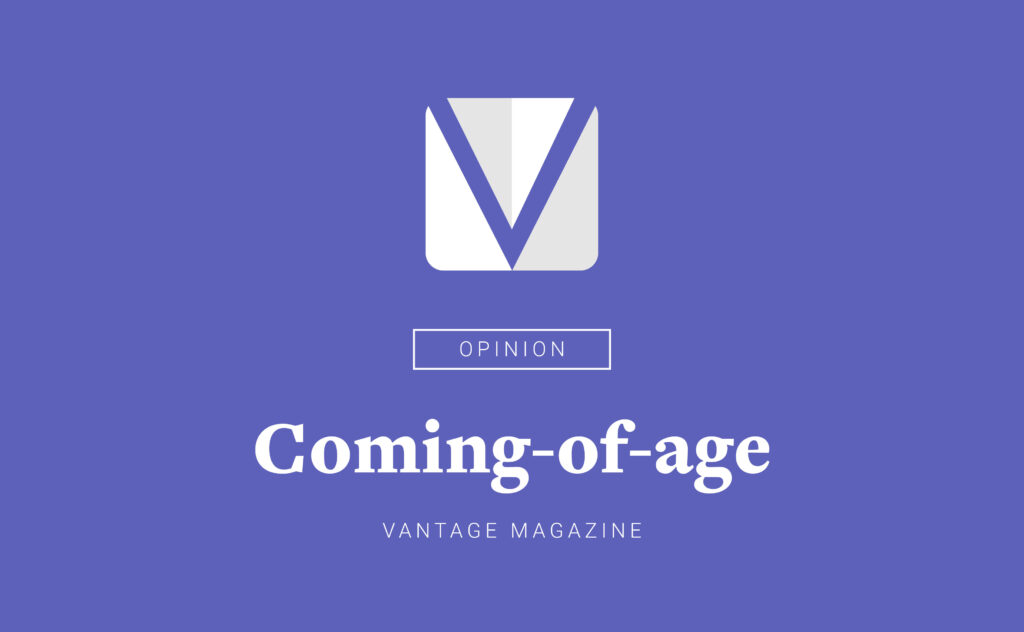WHETHER YOU’RE interested in it because of its affordability, sustainability, or fashionability, the world of ukay-ukay has something for everyone.
Ukay-ukay has long been a staple in both the Filipino fashion industry and culture. The term finds its roots in the Cebuano verb ukay, which means to dig through as one would to a pile of clothes. With the rise of slow fashion, ukay-ukay has once again resurfaced—but there’s a lot more to it than just the trend. To get a better understanding of this phenomenon, we interviewed some of Ateneo’s biggest thrifters to see why they choose to ukay.
Student-budget
The promise of affordability seems to be the most common among the many reasons to thrift. Ukay-ukay is not only fashion-forward but also an ideal shopping option for college students on a tight budget. Noah Galvez (6 AB DS) notes that brand new Levi 501 jeans would typically range from Php 1,500 to Php 3,000, when you can find the same pairs at an ukay for Php 300 to Php 1,000. He goes on to explain that seeing YouTube videos of people finding Champion hoodies from thrift stores had him hooked on the idea.
Louise Daniel (4 BS COMTECH) shares the same sentiments. The FASH Visuals Head and photographer expressed that there’s a particular excitement to finding interesting items, much more so that they prove to be cheaper when thrifted. If you’re lucky and a little more hard working, you can discover designer articles in mint condition.
“When you find [vintage pieces] in thrifted markets, it’s always at a lower price,” she exclaims. “It even has better designs sometimes!”
When asked about his reasons for buying ukay, Lorenzo Corro (4 BS ES) simply states that it’s because it’s cheaper than buying new—even if durability or good quality is not always guaranteed.
He raises that the affordability aspect of thrifting is a no-brainer.“The cheapest you’d get [from a mall] is a price of Php 890 to Php 990 for a pair of jeans,” he explains. “But if you look through ukay, you can find something as low as Php 90 or Php 100!”
Making a statement
The affordability of ukay-ukay only scratches the surface of why Ateanens are hooked on the trend. For some students, it’s a way to snag timeless one-of-a-kind pieces they wouldn’t be able to get anywhere else.
Daniel shares that her own perfect find was a black Comme des Garcons skirt that she found back in 2017 from RagTag, a thrift store in Japan. The piece was designed in 2009 and was bought for a third of its original retail price of Php 30,000. She wouldn’t have dreamed of finding such an archival and rare piece through ukay. The fact that it’s black, she says, makes it an even greater buy; this means that she can get creative and style it in numerous ways.
Ever since she found such a good deal, Daniel has been hooked on ukay-ukay in all its forms but is especially in love with shopping for vintage pieces. “It’s really fun to see all these interesting pieces that were made back in the 2000’s [and to] just find it there at a cheaper price and in mint condition,” she explains.
Another reason why Daniel keeps gravitating towards ukay-ukay is because of its potential to invoke creativity out of the wearer. It’s easy to fall prey to fashion trend after fashion trend, but thrifted pieces challenge the consumer to think outside of what is currently trending.
“How can you style this? How can you rework it?” Louise explains about her thought process when thrifting. “How can you combine it with your existing pieces that you have in your closet?”
Galvez, who frequents online ukay-ukay stores, shares some similar sentiments with Daniel. Through his thrifting, he’s able to find pieces that aren’t usually available in regular retail stores and pieces that gain character the more they’re used.
“A lot of [ukay pieces] are rare; they’re special, they’re one of a kind pieces already and sometimes they come with distressing or character that you can’t put there from a store,” he explains. “It’s only there naturally because it was worn already.”
Saving the world one garment at a time
In the modern shopping world, it’s easy to go on one’s phone and grab cheap finds off of e-commerce sites like Shopee and Lazada. Fast fashion thrives on this highly convenient and stimulating consumer cycle. Ukay cuts into this cycle of buy-wear-throw as it finds life in pieces that may have been discarded.
Nevertheless, slowing fashion doesn’t stop at buying secondhand. With the low prices of ukay, people still may be encouraged to buy more than they need. According to Corro, the easier option would just make use of what we already have. “What’s the point of buying ukay if you’re just going to dispose of it improperly?” he asks.
He reveals that the best ways to avoid wastage is by simply taking care of our clothes. Some simple solutions he recommends are to wash your clothes with cold water and to hang dry instead of using a machine dryer.
Affordability, fashionability, and sustainability aside, the number of people who choose to thrift will continue to proliferate. The reduced prices, eye-catching finds, and movement towards a circular economy are part and parcel of why shopping at an ukay-ukay is a preferred alternative to fast fashion.
At the end of the day, ukay-ukay has evolved from being just another passing fad into a sustainable shopping alternative. This alternative can be better integrated into our shopping habits as long as we value practicality, creativity, and conscious consumerism.






